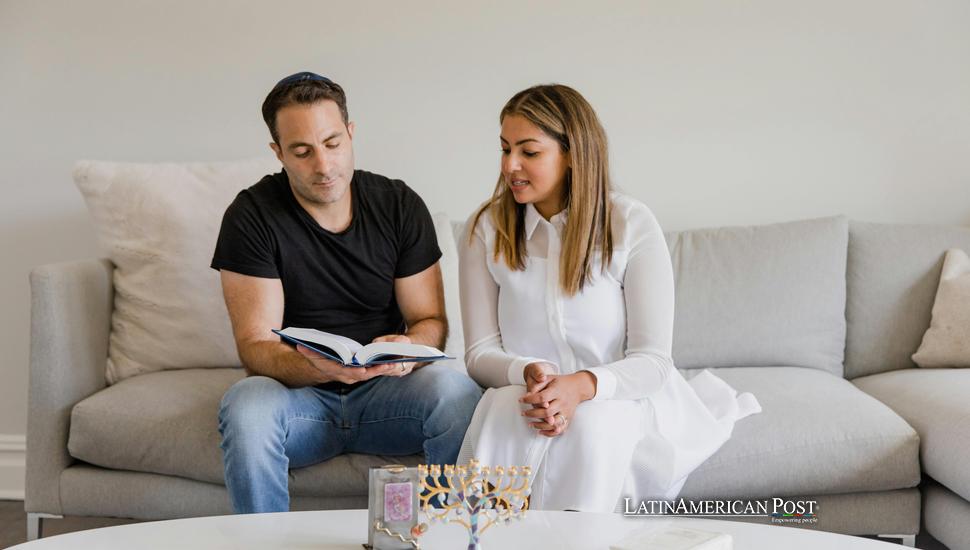Minimalist Living: How to Simplify Your Home and Finances

Life can feel crowded—not just with things, but also with responsibilities and expenses. It’s easy to reach a point where the stuff around us and the bills we manage become overwhelming. That’s why many people are turning to minimalist living. At its core, minimalism is about focusing on what adds value and letting go of what doesn’t.
Minimalism isn’t about depriving yourself or living with empty shelves. Instead, it’s about simplifying your surroundings and your finances so you can feel more at ease. This article walks through practical ways to declutter your home, simplify money management, and adopt habits that make life more manageable.
Simplify Your Finances by Tackling Debt
Just like a messy room, financial clutter can weigh heavily on your mind. Multiple bills, high-interest accounts, and disorganized payments make it harder to feel in control. Taking steps to simplify your finances is essential for anyone pursuing minimalist living.
Start by organizing all your monthly obligations. Write down what you owe, when each payment is due, and how much interest you’re paying. Once you have a clear picture, you can make better decisions about where to focus your energy. Setting up automatic payments for essentials—like rent, utilities, or insurance—can cut down on stress and prevent late fees.
For people carrying credit card balances, one option to consider is credit card debt relief. By consolidating or refinancing, you may be able to lower your interest rates, reduce the number of payments you juggle, and put more of your money toward paying down what you owe. When you free yourself from high-interest debt, budgeting and saving feel less overwhelming.
The point isn’t just to pay off debt faster. It’s to clear mental space and create a smoother financial system. Simplified money management makes it easier to live with intention rather than stress.
Create Space at Home by Decluttering
A cluttered home often creates a cluttered mind. When every shelf, drawer, and closet is full, it can feel stressful to find what you need or even relax in your own space. The first step toward minimalist living is to take control of your environment.
Start small by focusing on one room at a time. For example, clear out your kitchen cabinets by donating duplicate utensils, expired pantry items, and gadgets you never use. Move on to your closet, setting aside clothes you haven’t worn in over a year. The same approach works for the garage, bathroom, or living room.
Decluttering doesn’t mean throwing everything away. It’s about choosing what truly serves you and letting go of what doesn’t. Donate, recycle, or sell items to reduce waste. The goal is to create space where you feel calm and in control. A clean and open home is not only easier to maintain but also creates an atmosphere where you can focus on what matters.
Build a Minimalist Budget
Budgeting doesn’t need to feel complicated or restrictive. A minimalist budget focuses on what you truly need and value. Instead of tracking every single expense in detail, you can group your spending into a few clear categories: necessities, savings, and discretionary spending.
Start by writing down your essential monthly costs, like housing, food, and transportation. Then, decide how much of your income you want to save each month. The remaining portion can go toward non-essentials like dining out, hobbies, or entertainment. Keeping categories broad reduces the pressure of constant tracking but still gives you clarity.
Minimalist budgeting is about making financial choices that feel purposeful. Cancel unused subscriptions, reduce impulse buys, and prioritize experiences over things. This approach allows you to save more without feeling deprived and ensures your money supports your long-term goals.
Invest in Quality, Not Quantity
Minimalism doesn’t mean avoiding purchases altogether. It’s about choosing wisely. Instead of buying several inexpensive items that don’t last, focus on quality products that will serve you for years.
This mindset applies to clothing, furniture, and even everyday items. For example, one well-made pair of shoes will outlast multiple cheap pairs. A sturdy cookware set reduces the need for replacements. Even technology purchases—like laptops or phones—are better when you choose durable options rather than rushing for frequent upgrades.
By investing in quality, you reduce clutter and avoid waste. You’ll spend less time shopping, less energy replacing items, and more time enjoying the things that truly work for you.
Practice Digital Minimalism
Clutter doesn’t just live in your home or wallet—it also shows up on your devices. Digital overload can make life feel chaotic, from endless notifications to overflowing inboxes. Practicing digital minimalism helps reduce distractions and frees up mental energy.
Start with small steps. Unsubscribe from marketing emails that you never read. Delete apps that you don’t use or that encourage unnecessary screen time. Organize your files into simple folders so documents and photos are easier to find.
Consider setting aside a weekly “digital reset” where you clear your inbox, manage notifications, and remove what no longer serves you. Fewer digital distractions mean more focus for work, family, and personal growth.
Align Minimalism with Daily Habits
Minimalism works best when it becomes part of your daily life. Small, consistent routines help you stay organized and prevent clutter from piling up again.
For example, create a meal plan each week to reduce food waste and simplify grocery shopping. Make a habit of reviewing your budget monthly to stay on track. When you buy something new, commit to donating or removing an old item.
Mindful spending is another powerful habit. Before making a purchase, ask yourself whether it adds real value or whether it’s just an impulse. By building these habits, you create a lifestyle where both your home and finances remain balanced and easy to manage.
Minimalist living isn’t about following strict rules. It’s about finding freedom in simplicity. By decluttering your home, simplifying your finances, and building thoughtful habits, you create space for what matters most—whether that’s time with family, personal growth, or peace of mind. You don’t have to transform your life overnight. Start with one drawer, one budget change, or one digital cleanup. Each step you take brings you closer to a lifestyle that feels lighter and more manageable. In





